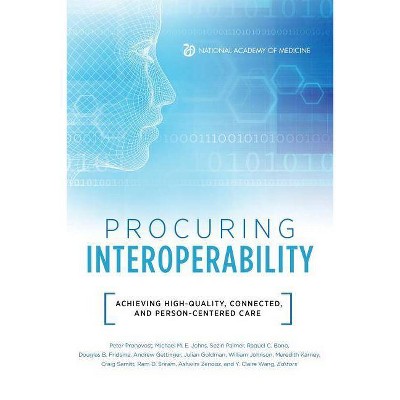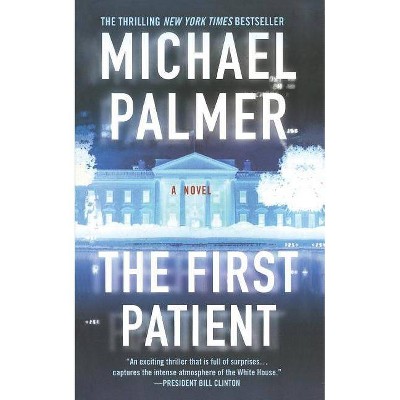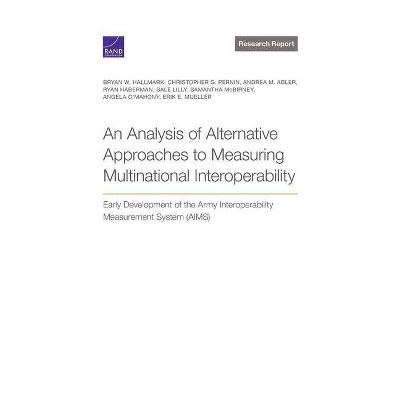Procuring Interoperability - by Peter Pronovost & Michael M E Johns & Sezin Palmer (Paperback)

Similar Products
Products of same category from the store
AllProduct info
<p/><br></br><p><b> About the Book </b></p></br></br>Realizing the promise of technology depends on sharing information across time and space. The barrier to progress is not technical; it is the failure of organizational demand to drive purchasing requirements. Better procurement practices, supported by interoperable platforms, will allow for better, safer patient care and financial savings.<p/><br></br><p><b> Book Synopsis </b></p></br></br><p>Realizing the promise of digital technology will depend on the ability to share information across time and space from multiple devices, sources, systems, and organizations. The major barrier to progress is not technical; rather, it is in the failure of organizational demand and purchasing requirements. In contrast to many other industries, the purchasers of health care technologies have not marshaled their purchasing power to drive interoperability as a key requirement. Better procurement practices, supported by compatible interoperability platforms and architecture, will allow for better, safer patient care; reduced administrative workload for clinicians; protection from cybersecurity attacks; and significant financial savings across multiple markets.</p><p>With funding support from the Gordon & Betty Moore Foundation, this National Academy of Medicine Special Publication represents a multi-stakeholder exploration of the path toward achieving large-scale interoperability through strategic acquisition of health IT solutions and devices. In this publication, data exchanges over three environments are identified as critical to achieving interoperability: facility-to-facility (macro-tier); intra-facility (meso-tier); and at point-of-care (micro-tier). The publication further identifies the key characteristics of information exchange involved in health and health care, the nature of the requirements for functional interoperability in care processes, the mapping of those requirements into prevailing contracting practices, the specification of the steps necessary to achieve system-wide interoperability, and the proposal of a roadmap for using procurement specifications to engage those steps. The publication concludes with a series of checklists to be used by health care organizations and other stakeholders to accelerate progress in achieving system-wide interoperability.</p><p>ABOUT THE NATIONAL ACADEMY OF MEDICINE</p><p>Founded in 1970 as the Institute of Medicine, the National Academy of Medicine (NAM) is one of three academies constituting the National Academies of Sciences, Engineering, and Medicine (the National Academies). The National Academies provide independent, objective analysis and advice to the nation and conduct other activities to solve complex problems and inform public policy decisions. The National Academies also encourage education and research, recognize outstanding contributions to knowledge, and increase public understanding in matters of science, engineering, and medicine.</p>
Price History
Price Archive shows prices from various stores, lets you see history and find the cheapest. There is no actual sale on the website. For all support, inquiry and suggestion messages communication@pricearchive.us



















